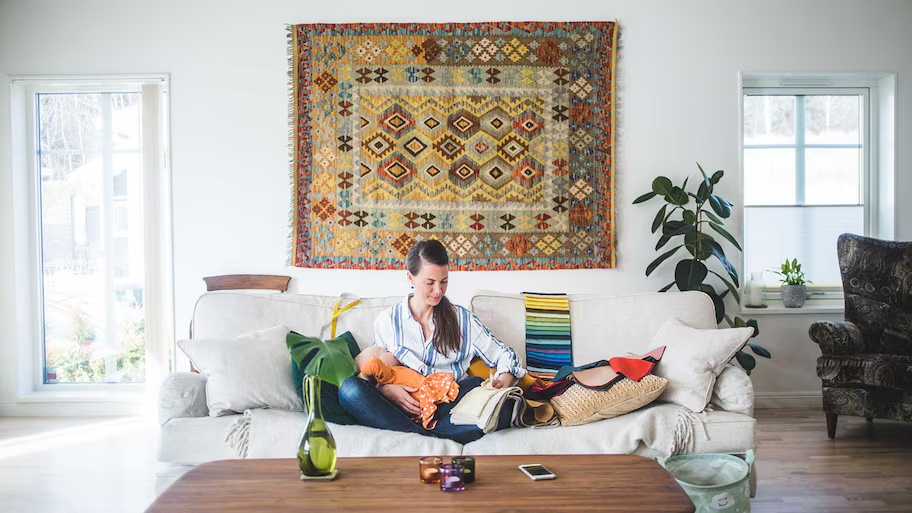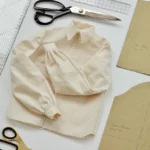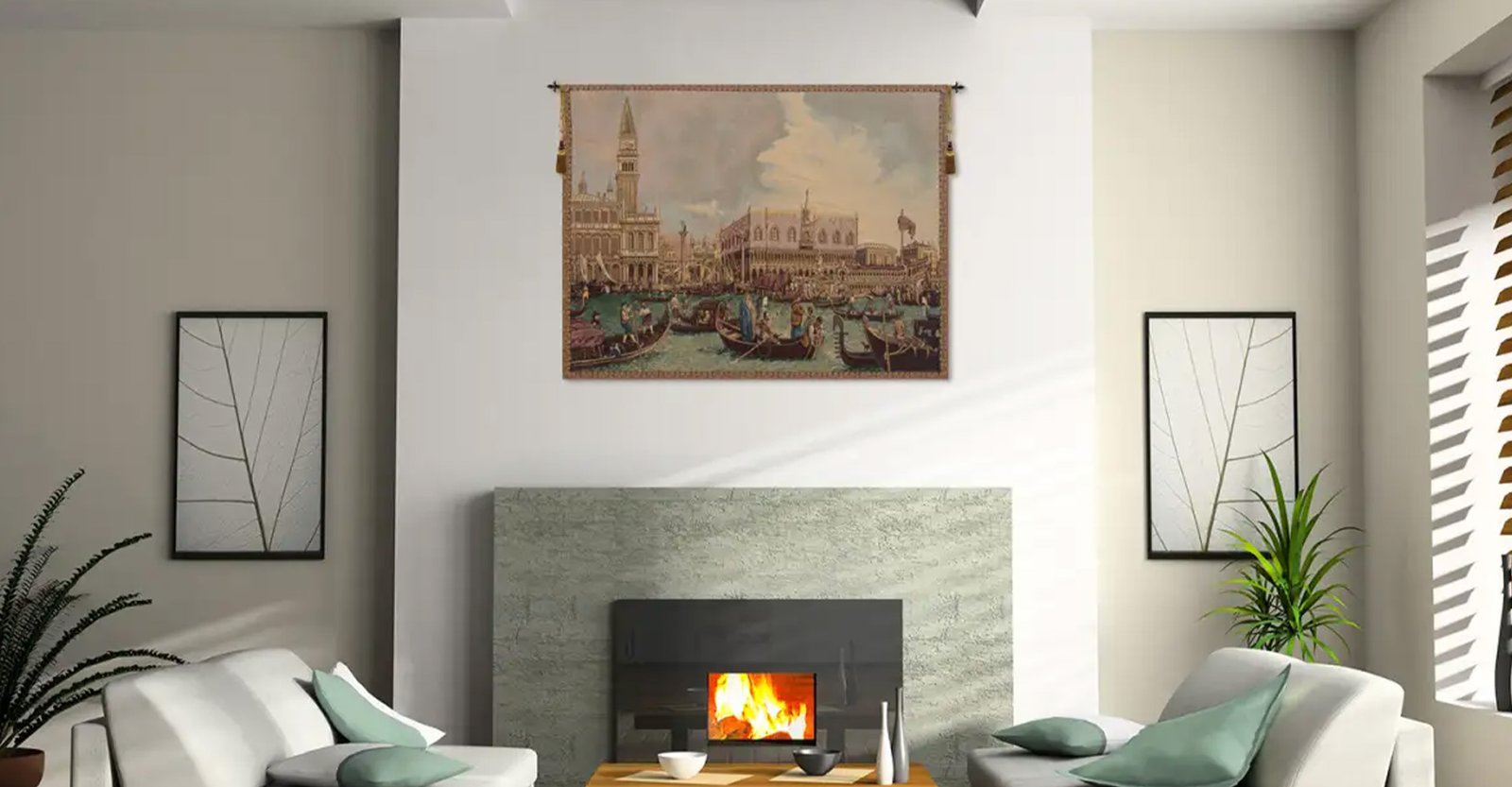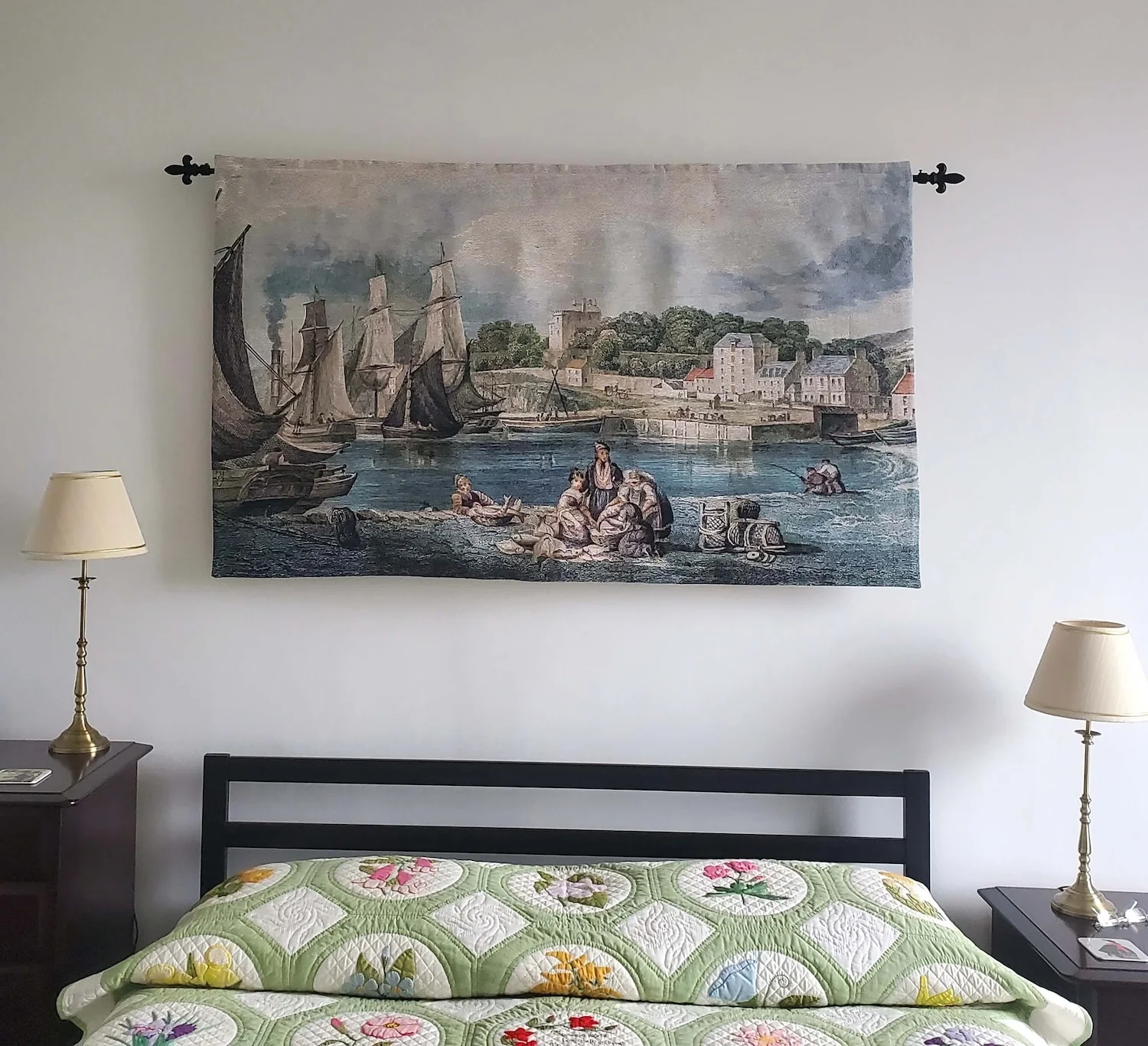How to Choose the Perfect Tapestry. Selecting the perfect tapestry involves a blend of aesthetic preferences and practical considerations. A tapestry can transform a space, adding color, texture, and personality. Understanding how to choose the right tapestry for your needs ensures that it complements your decor and enhances your living environment.
Consider Your Space
Before choosing a tapestry, evaluate the space where it will be displayed. Consider the size of the wall and the overall dimensions of the room. For large walls, opt for oversized tapestries that create a focal point. Smaller tapestries are suitable for accentuating smaller areas or as part of a gallery wall.
The color scheme of your room also plays a crucial role. Choose a tapestry that complements or contrasts with the existing colors in your space. This helps in creating a cohesive look that enhances the room’s overall design.
Define Your Style
Tapestries come in various styles, including traditional, modern, and abstract. Your choice should reflect the style of your home and personal taste. Traditional tapestries often feature classic designs and rich colors, while modern tapestries may showcase minimalist patterns and bold hues. Abstract designs offer a unique and contemporary touch.
Consider the mood you want to create. For a cozy and inviting atmosphere, select tapestries with warm tones and intricate patterns. For a more dynamic and vibrant feel, choose tapestries with bold colors and geometric shapes.

Assess the Material and Quality
The material of a tapestry affects its texture, durability, and overall appearance. Common materials include wool, silk, and cotton. Wool tapestries are known for their warmth and richness, while silk tapestries offer a luxurious sheen. Cotton is durable and versatile, making it suitable for various styles.
Check the quality of the craftsmanship. Handcrafted tapestries generally offer superior quality compared to mass-produced options. Inspect the weave for consistency and ensure there are no loose threads or defects. A high-quality tapestry will be more durable and visually appealing.
Evaluate the Design
The design of the tapestry should align with your personal preferences and the room’s decor. Traditional designs may feature historical or cultural themes, while contemporary designs might showcase abstract art or modern motifs. Look for designs that resonate with you and enhance the ambiance of your space.
If possible, view the tapestry in different lighting conditions. This helps in understanding how the colors and patterns change with varying light. Ensure the design complements the overall aesthetic of your room and fits well with other decor elements.
Determine the Care Requirements
Different tapestries require varying levels of care. Consider how much maintenance you are willing to commit to. Wool and silk tapestries often require professional cleaning, while cotton tapestries may be more suitable for regular home washing. Ensure you are prepared to follow the care instructions to maintain the tapestry’s beauty and longevity.
Set a Budget
Tapestries come in a wide range of price points. Set a budget that aligns with your financial plans while considering the quality and size of the tapestry. Investing in a high-quality tapestry may be worthwhile for its durability and visual impact. However, there are also budget-friendly options that offer great aesthetic value.
Conclusion
Choosing the perfect tapestry involves careful consideration of space, style, material, design, and care requirements. By understanding these factors and aligning them with your preferences and needs, you can select a tapestry that enhances your home’s decor and reflects your personal taste. A well-chosen tapestry can become a cherished piece, adding beauty and character to any room.











